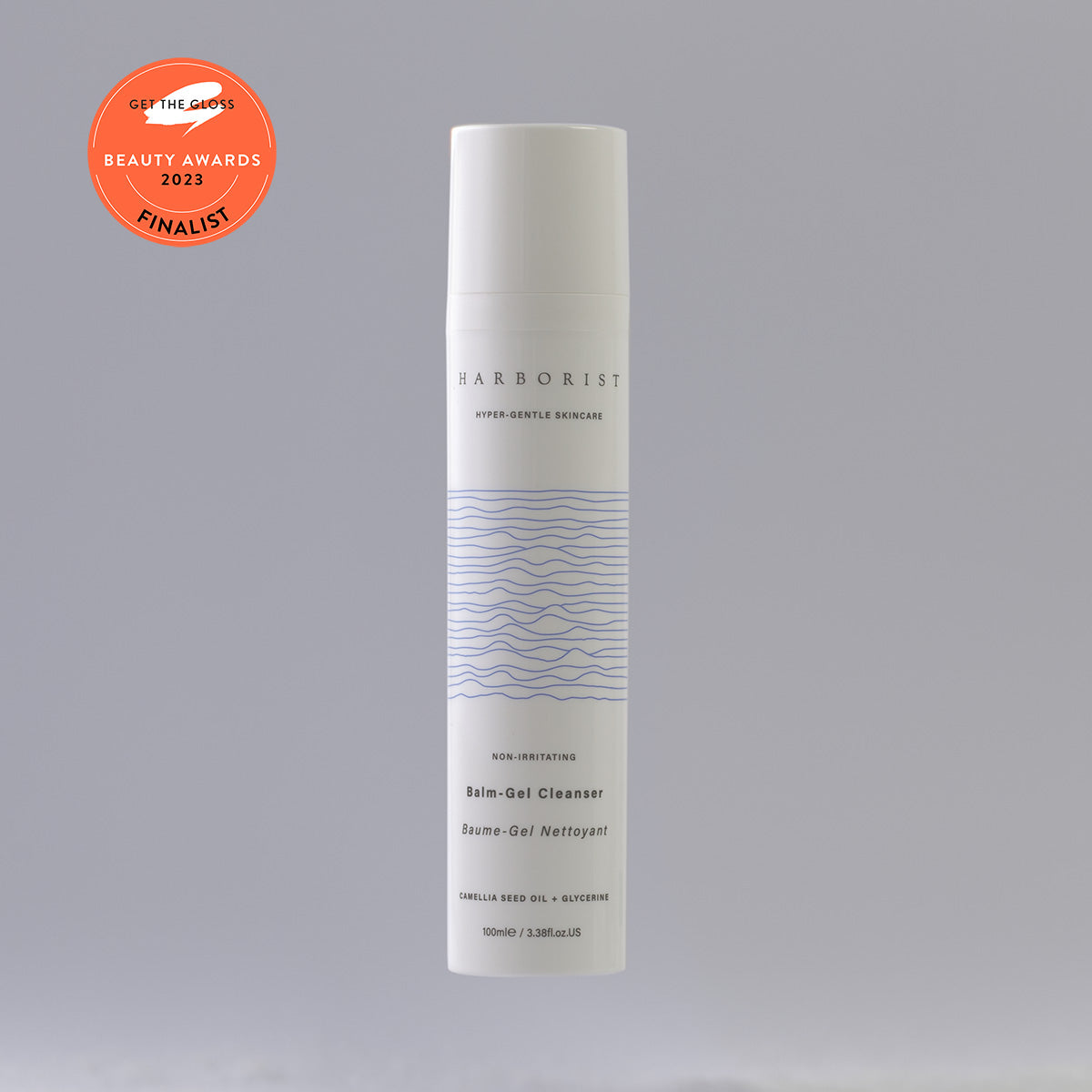With nutrition regularly stripped out of our food through industrial processing, we long for ingredients that resemble their natural state as closely as possible. It makes sense we want our skincare ingredients to do the same thing; to be the rawest, the least refined, to represent the whole plant.
However, people with allergies have specific needs. The increased chemical complexity of a very unrefined material may mean it contains more potential for an allergic reaction.
Current theory suggests food allergies in children and babies initially develop through skin contact. According to Allergy UK, research shows that a breakdown of the skin barrier can lead to exposure of allergens via the skin and that this may result in sensitisation and development of allergy. This is particularly important when choosing products for children who have eczema, so products containing common allergens such as dairy should be ruled out.
Though food allergies are triggered by proteins, contact allergies are triggered by haptens, small molecules which bind to proteins to trigger an immune response. Though haptens are fairly abundant, there are many other factors which need to exist in order for them to become allergenic. Additionally, there are pre-haptens and pro-haptens which will create or facilitate hapten creation under specific conditions such as oxidization. Because of this, there isn't a magic list of ingredients that can be avoided to guarantee a product is non-allergenic. Potential allergens are a sliding scale from rare to common, with things like the fragrance allergens highlighted by EU regulations being amongst the most common. Avoiding these may make a reaction less likely, what it won't do is rule it out.
Some ingredients may remain below the radar if they're not ones commonly included in cosmetics, yet the rate of allergy may increase if it then becomes more popular. The allergenic potential of ingredients such as the coconut derived Caprylhydroxamic Acid or the synthetic preservative MI were not obvious until they were in wider circulation and a large group of people were applying products containing them to their skin on a regular basis. Some may use a product many times or for many years before the immune system reacts, creating an allergic response, which will typically become worse with repeated exposure.
Some ingredients like the fragrance compound Limonene may be considered only a mild sensitizer, yet its abundance in products means more people are exposed to it more frequently, which makes it a mild sensitizer but relatively common allergen.
In our formulas, we select ingredients and oils with the lowest history of allergic reaction based on current data and reduce the exposure to those things we think may be more likely to sensitize. We can't guarantee that no one will have a reaction, what we can do is go beyond avoiding the most common allergens to pick up a wider range of the spectrum, giving those of you with allergies better choices for your skin.


